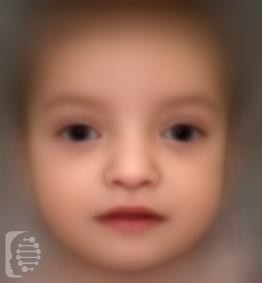
Wolf-Hirschhorn syndrome (WHS)
Wolf-Hirschhorn syndrome is a very rare genetic disorder that presents with very distinct facial characteristics. Features of this rare disease also include a wide range of health conditions that affect different parts of the body, including delayed physical growth. As a rare chromosomal deletion syndrome, the severity of symptoms may vary according to the size […]



